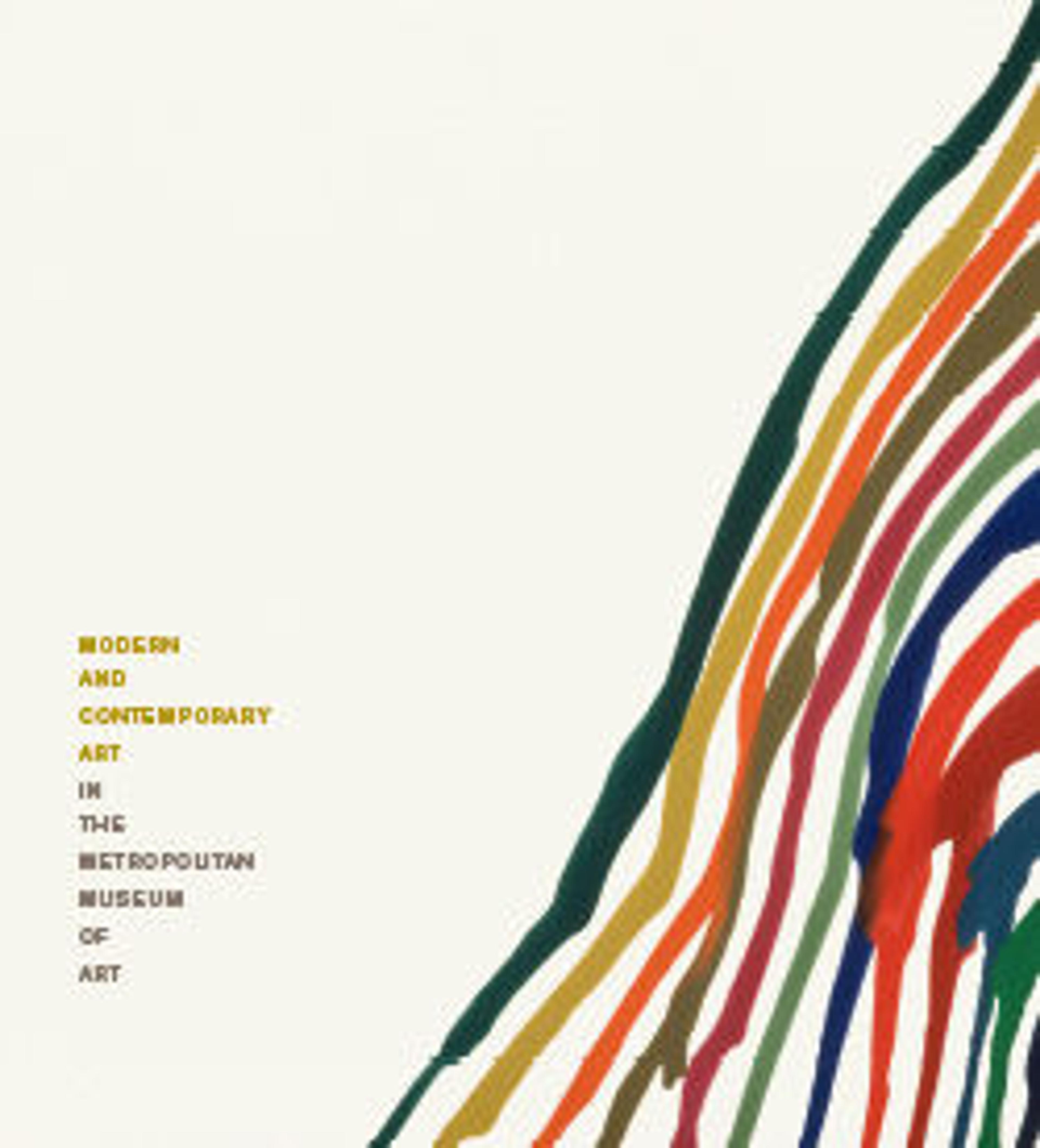Mobile
Alexander Calder was born to a family of sculptors. His grandfather, Alexander Milne Calder (1846–1923), studied with Thomas Eakins and is famous for the elaborate sculptural decorations of Philadelphia's City Hall. Calder himself had studied to be an engineer at the Stevens Institute of Technology before attending the Art Students League in New York. Like many aspiring artists of his generation, Calder then spent time in Paris where he was inspired by Joan Miró's work and absorbed the playfulness of Dada. Indeed, it was the French artist Marcel Duchamp who christened Calder's hanging sculptures "mobiles." For works such as this one, Calder cut sheet metal into various shapes and assembled these elements in a chain-linked system so that the flat metal pieces move in response to currents of air.
This particular mobile was included in the 1942 exhibition "Artists for Victory" at The Met, where the sculpture committee awarded it a prize and recommended it be added to the collection.
This particular mobile was included in the 1942 exhibition "Artists for Victory" at The Met, where the sculpture committee awarded it a prize and recommended it be added to the collection.
Artwork Details
- Title: Mobile
- Artist: Alexander Calder (American, Philadelphia, Pennsylvania 1898–1976 New York)
- Date: 1941
- Medium: Painted aluminum, steel, steel rod, and wire
- Dimensions: a: 27 1/2 × 55 1/2 in., 2.7 lb. (69.9 × 141 cm, 1.2 kg)
b: 36 × 54 in., 0.9 lb. (91.4 × 137.2 cm, 0.4 kg) - Classification: Sculpture
- Credit Line: Rogers Fund, 1942
- Object Number: 42.176a, b
- Curatorial Department: Modern and Contemporary Art
More Artwork
Research Resources
The Met provides unparalleled resources for research and welcomes an international community of students and scholars. The Met's Open Access API is where creators and researchers can connect to the The Met collection. Open Access data and public domain images are available for unrestricted commercial and noncommercial use without permission or fee.
To request images under copyright and other restrictions, please use this Image Request form.
Feedback
We continue to research and examine historical and cultural context for objects in The Met collection. If you have comments or questions about this object record, please contact us using the form below. The Museum looks forward to receiving your comments.
